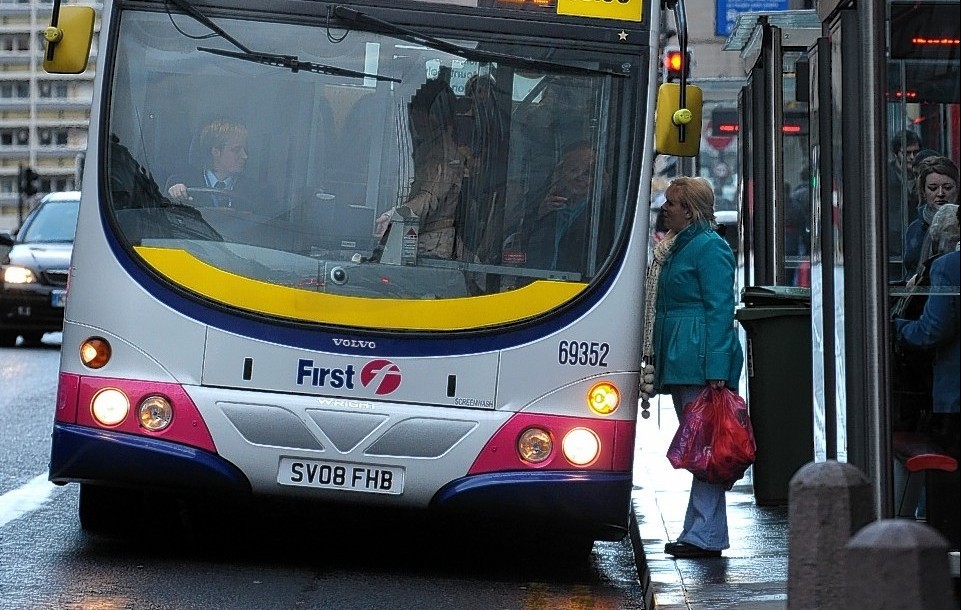Unreliable and expensive buses that don’t go where wanted were some of the top reasons why people in the north-east keep driving cars adding to road congestion, a new report has found.
Research by the Aberdeen and Grampian Chamber of Commerce (AGCC) found that just 15% of those surveyed classed themselves as frequent bus users while the region had higher than average levels of car ownership. Aberdeenshire has the highest percentage of car ownership in Scotland at 85%. In Aberdeen, 77% of households have a car compared to a national average of 69%.
AGCC said journey times were a major barrier to use, while respondents also highlighted a lack of nearby bus stops and routes that took them where they didn’t want to go, adding to journey time.
The Chamber has put forward a number of recommendations following the study, including extending bus lane opening times – currently being trialled on the city’s Great Northern Road – creating express bus services, and re-evaluating current routes.
Research & policy director at the Chamber James Bream said:
“The research shows that there is no silver bullet to encouraging more people to use the bus and once again we need strong consensus-led leadership to deliver meaningful change.”
Nestrans chairman Councillor Ramsay Milne pointed to some positive figures that emerged from the survey, such as the 33% opf respondents who said they do not take business but would like to do so.
He said: “We know that many people choose to use their car to commute, but wish to ensure that options are available and attractive.
“It is positive to see that many commuters do choose to use the bus, either for their regular journey or as an alternative for other trips.
“It is also encouraging to see that an additional third are keen to use the bus. Often it is hardest to persuade people to change their mind set but here we have a further group of people who would use the bus more frequently if we can work toward implementing some of these recommendations.”
Daniel Laird, commercial manager at First Aberdeen, said: “Bus travel is key to the future of local economies and we are committed to working with our partners in Aberdeen to make services as attractive as possible, encouraging people to swap the car for the bus, thereby reducing congestion and improving air quality for all.
“Improving bus journey times is key to attracting more passengers and this can only be fully achieved if the issue of congestion in Aberdeen city centre is addressed.
“That’s why we fully support measures proposed by our partners which prioritise public transport and encourage bus travel in the city.
“Future investment in infrastructure which supports the investment we are making in our fleet would certainly have the potential to speed up journey times and will go a long way to attracting new passengers, and in particular encouraging people who travel by car to swap to the bus.”
Catch the Bus Week runs to Sunday and is a nationwide campaign aimed at driving awareness of the benefits of taking the bus.
